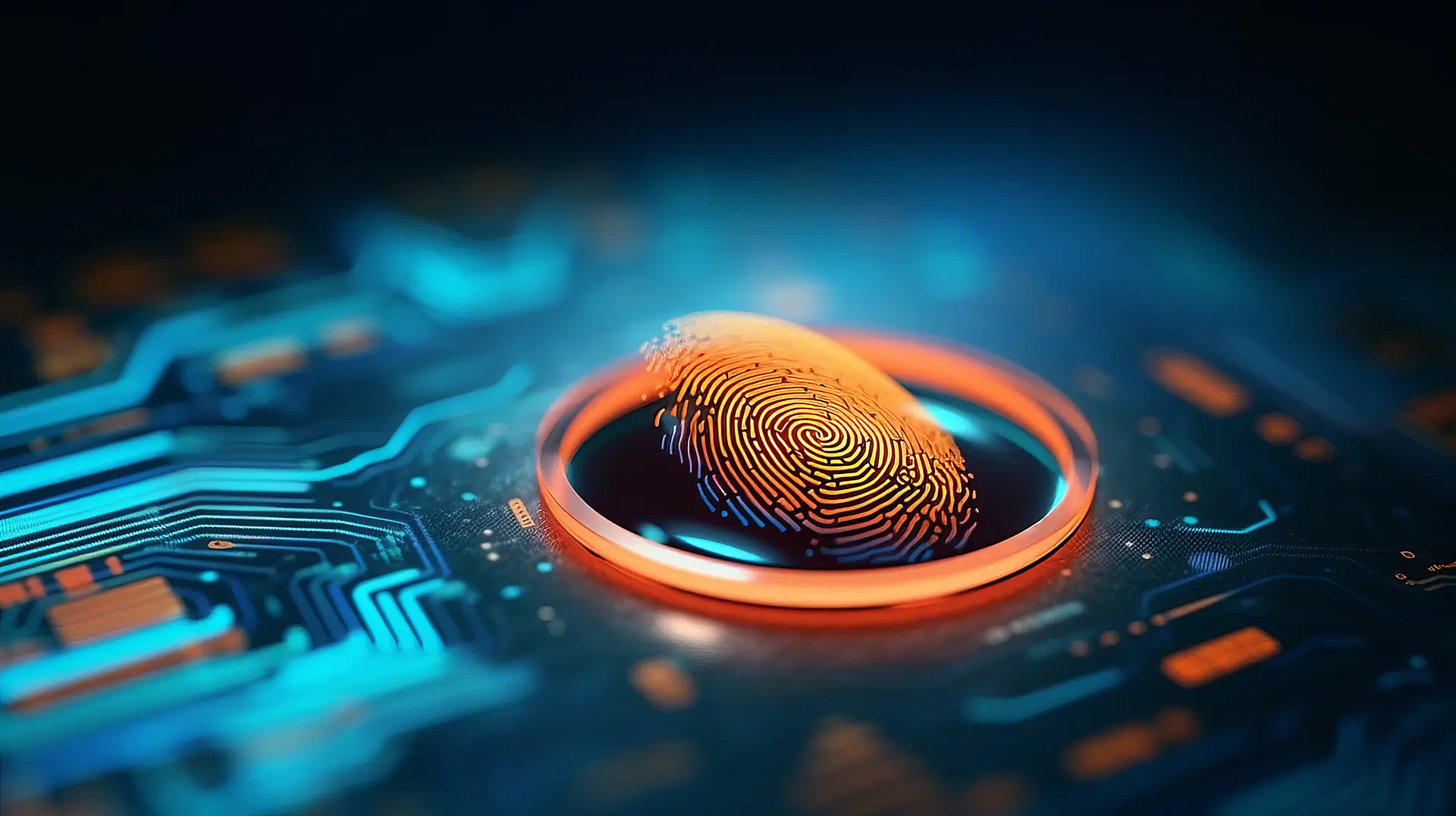Table of contents
- Policies, measures and protection levels
- Essential security measures for operating systems
- Importance of well-defined security policies
- Protection levels in operating systems
- Advanced measures for data protection
- Continuous monitoring of operating system security
- Protecting operating systems
Policies, measures and protection levels
Operating system security is a crucial issue in the modern cyber security landscape. Operating systems are the core of every electronic device and must be protected from cyber attacks that can compromise sensitive data and system resources. Therefore, operating system security involves not only data protection but also the prevention of unauthorized access, resource management, and the definition of effective security policies.
Essential security measures for operating systems
To ensure operating system security, it is fundamental to adopt adequate security measures. These measures include using complex passwords, implementing multi-layered protection, and continuously updating software. Complex passwords are an essential first line of defense: they should be long, include special characters, and not be easily guessable. Additionally, using two-factor authentication can add an extra level of security.
Use of complex passwords
One of the most important security measures for operating systems is the use of complex passwords that are almost impossible to crack. A complex password consists of a combination of uppercase and lowercase letters, numbers, and special symbols. The length of the password is also a crucial factor: a longer password is harder to guess or crack through brute force attacks.
Example:
A password like “P@ssw0rd!23” is significantly more secure than “password123.” It is also important to avoid using common words or easily obtainable personal information, such as your name or birth date.
Implementation of two-factor authentication
In addition to complex passwords, two-factor authentication (2FA) is a highly effective security measure that adds another level of protection.
Example:
With 2FA, in addition to the password, a second authentication factor is required, such as a code sent to your mobile phone or a hardware security key. This means that even if an attacker manages to obtain the password, they cannot access the system without the second factor. Many online services and modern operating systems offer the option to enable 2FA, and its implementation can significantly reduce the risk of unauthorized access.
Continuous software updates
Continuous software updates are a fundamental practice for maintaining the cyber security of operating systems. Software manufacturers regularly release security patches to fix discovered vulnerabilities. These vulnerabilities can be exploited by hackers to perform cyber attacks. Therefore, it is essential to promptly install released updates to protect the system.
Example:
The Windows operating system offers regular updates through the Windows Update service. Failing to install these updates can leave the system exposed to known risks.
Configuration of firewalls and antivirus software
Another crucial measure for operating system security is the configuration of firewalls and the use of antivirus software. Firewalls monitor and control incoming and outgoing network traffic, blocking unauthorized connections. Antivirus software detect and remove malware that could compromise the system. It is important to keep these tools updated to ensure their effectiveness against the latest threats.
Example:
Microsoft’s Windows Defender provides built-in protection against malware and other threats but should be used alongside a robust firewall for comprehensive protection.
Implementation of encryption
Encryption is an advanced measure that protects stored and transmitted data from operating systems. Data encryption ensures that even if an attacker gains access to the data, they cannot read it without the decryption key. This is particularly important for sensitive data, such as personal and financial information.
Example:
BitLocker is an encryption feature integrated into some versions of Windows that protects data stored on hard drives. Using encryption for data transmission, such as the HTTPS protocol for websites, protects data during transfer across insecure networks.
Permission and privilege management
Permission and privilege management ensures that only authorized users can access specific operating system resources. This practice includes creating user accounts with limited permissions and assigning administrative privileges only when absolutely necessary.
Example:
On a Windows system, for instance, you can create standard user accounts that do not have the permissions to install software or change system settings, reducing the risk of unauthorized changes or malware installation.

Importance of well-defined security policies
Well-defined security policies are crucial for protecting system data and resources. These policies should include guidelines for access management, the use of authorized software, and user training.
Only authorized personnel should have access to sensitive data, and the applications used should be approved by the IT department. Additionally, training users on cyber security awareness is important so they can recognize and prevent potential cyber attacks.
Protection levels in operating systems
Protection levels in operating systems can be divided into various categories, such as kernel protection, access management, and application security.
- Kernel protection
Kernel protection is fundamental because the kernel is the core of the operating system and controls all system operations. An attack on the kernel can compromise the entire system.
- Access management
Access management refers to controlling who can access what within the operating system. Implementing permissions and privileges is a common practice to ensure that only authorized users can access certain resources.
Application security in operating systems
Application security is equally important. Applications can be used as attack vectors if they are not adequately protected. Therefore, applications should be developed with security in mind and undergo regular security checks. Using firewalls and antivirus software is essential to protect applications from malware and other threats.
Advanced measures for data protection
Implementing advanced security measures, such as data encryption and the use of virtual private networks (VPNs), can significantly enhance operating system security. Data encryption ensures that even if an attacker gains access to the data, they cannot read it without the decryption key. VPNs protect data transmission over insecure networks, such as the internet.
Continuous monitoring of operating system security
Continuous monitoring of operating system security is important. This includes reviewing system logs, detecting suspicious activities, and promptly responding to security incidents. Continuous monitoring allows for the identification and mitigation of threats before they can cause significant damage.
Protecting operating systems
In conclusion, operating system security is a critical component of cyber security. Adopting adequate security measures, defining effective security policies, and implementing multi-layered protection are essential steps to protect operating systems from cyber attacks. Only through a holistic and proactive approach to security can we ensure the protection of system data and resources.
